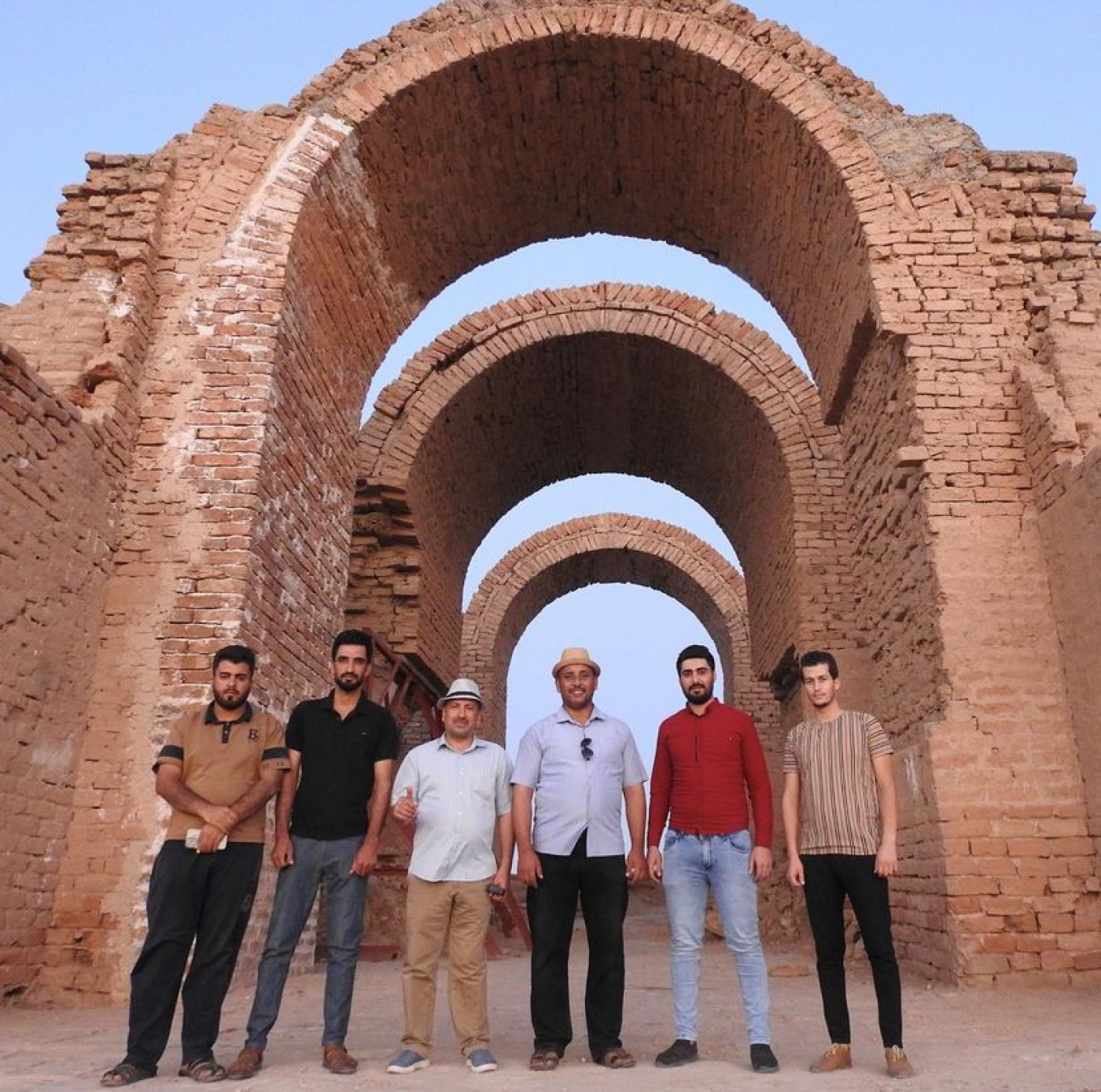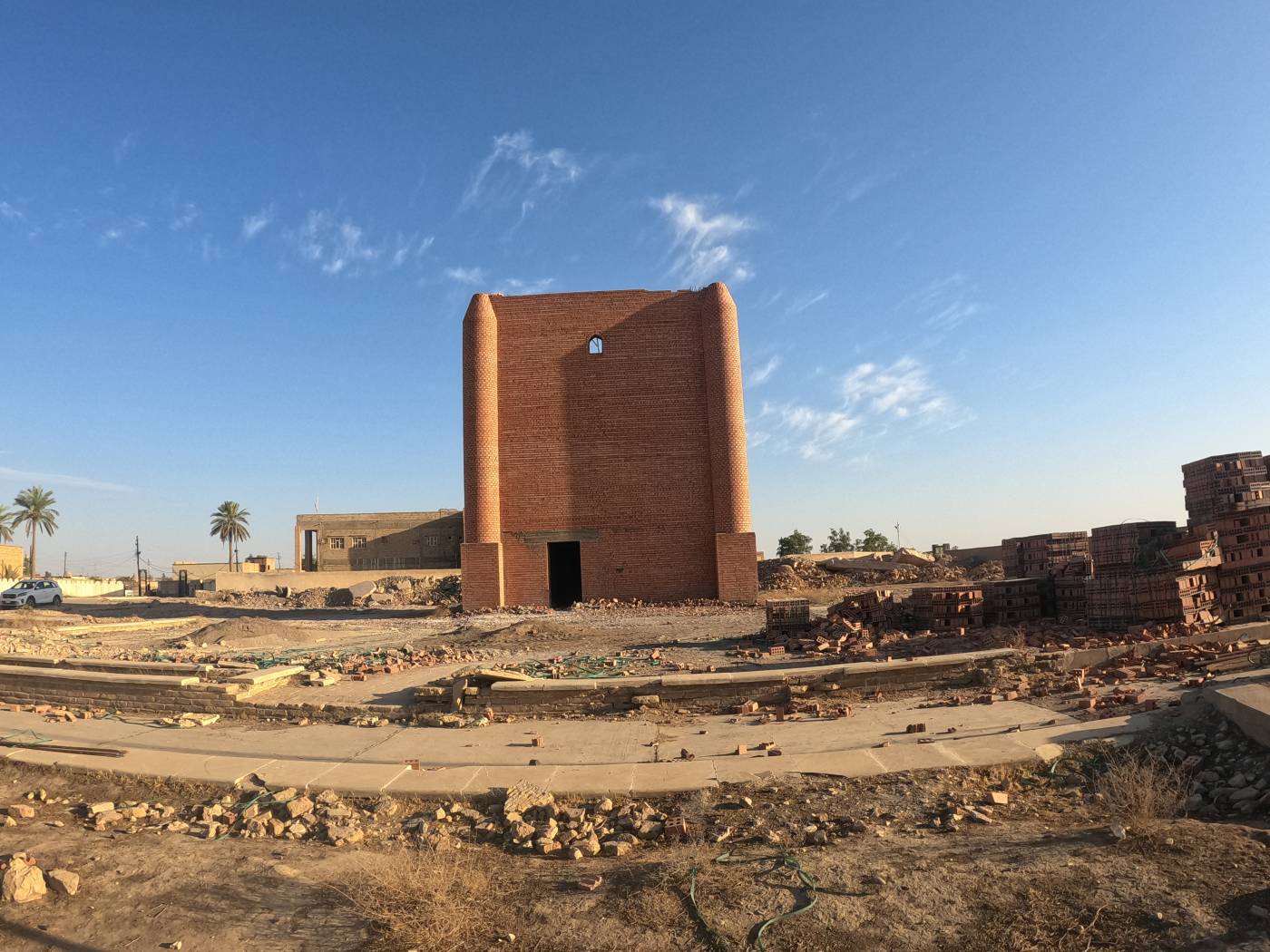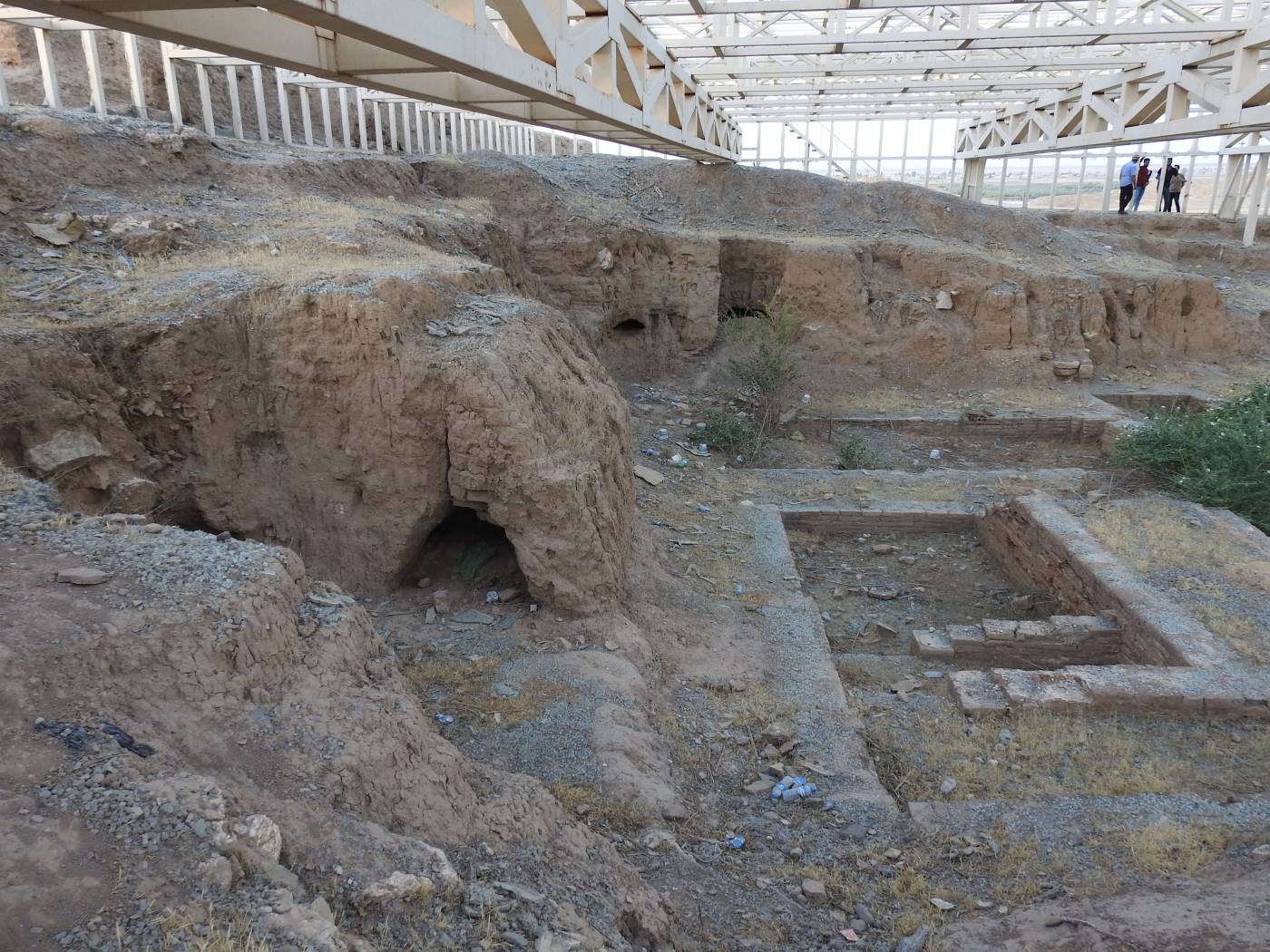


Tikrit is one of the most famous ancient cities in northern Iraq. The city was mentioned in Assyrian texts, in writings of the Assyrian king Tukulti-Ninurta II, 890–884 BC. The city of Tikrit was mentioned on a clay tablet found at a site in the city of Assur. This project created a sustainable plan for the documentation and promotion of cultural heritage in the province of Tikrit in Northern Iraq. The rich cultural history includes its Christian heritage which has been neglected and degraded over the past few decades. The project worked with Iraqi Christian and Shi’i groups, including the Shia Endowment, and local and provincial authorities to document and help preserve the many heritage sites there. The project aimed to increase awareness among the local communities (including school children, tribal leaders and farmers) of the existence and importance of pre-Islamic heritage in Tikrit, specifically its ancient Christian churches, monasteries, cemeteries.
The team worked closely with Tikrit State Board of Antiquities and Heritage as well as other organisations and Tikrit University to implement this project.
Research Design and Methodology
Mapping and identifying geographical locations for archaeological sites in the Tikrit province, using data from SBAH.
- Determining and recording damage done to archaeological sites in Tikrit and registering changes before and after ISIS conflict.
- Producing several booklets and brochures that explained the sites and their significance in terms of location, architecture and history.
- Visiting archaeological sites, documenting the destruction with videos and photographs, creating reports in both Arabic and English languages.
- Conducting several workshops, meetings, exhibitions at Tikrit University to raise the awareness of Tikrit's cultural heritage to local community.
- Reviewing the data produced and associated with these sites.
- Classification of archaeological sites according to their importance and the periods to which they belong.
Project Outputs
- Online and in-person activities: an online webinar as well as an in-person symposium at Tikrit University. These meetings focused on the need to continue documenting sites affected by conflict and the importance of setting out future plans of preservation and raising awareness. Attendees included employees from SBAH Tikrit and Kirkuk, representatives from the Ministry of Water Resources, Dean of College of Arts, professors and students.
- Travelling exhibition and including posters and photographs of the sites and the history for each region.
Preparing two academic articles about the antiquities and heritage in Tikrit and disseminating an e-map of the sites.
Booklets and brochures for the general public, for educational purposes in the new museum.
Published a book about the project titled: The archaeological sites affected by military operations in Tikrit. The book consists of 3 chapters which cover history, and geographical location, the changes in these sites due to conflict and destruction.
Watch video from the Nahrein Network Colloquium to learn more about the project.
YouTube Widget Placeholderhttps://www.youtube.com/watch?v=uvEzhvW_wwI&ab_channel=NahreinNetwork
 Close
Close

